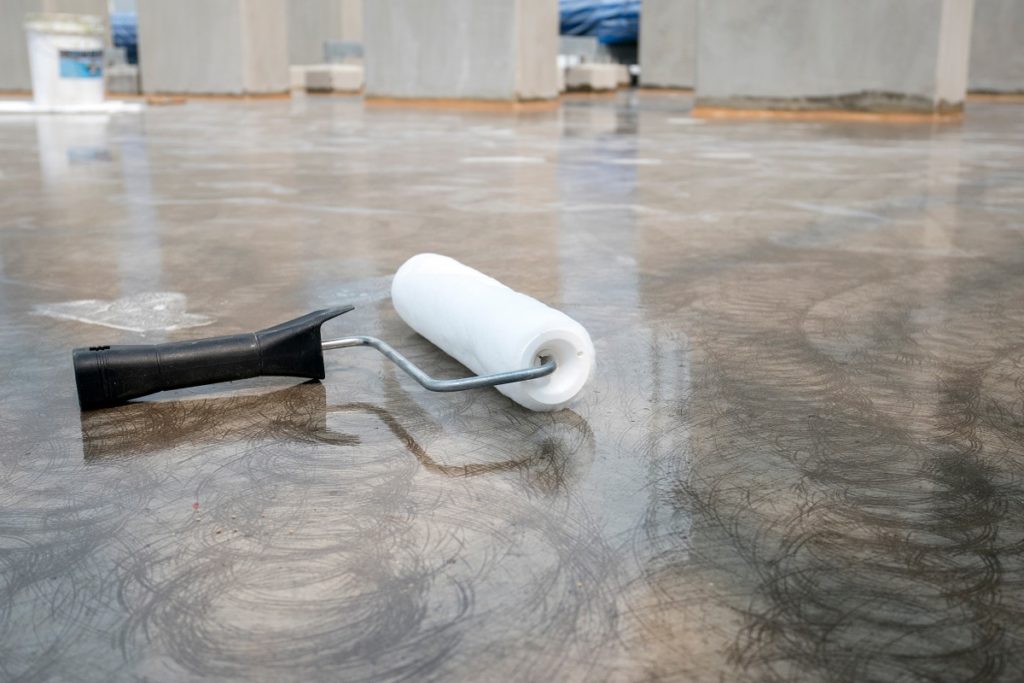Concrete flooring has the tendency to develop pinholes, especially when it is not properly mixed, or there is an issue with the coating itself. When concrete coatings are applied in industrial settings, there is usually air trapped between the concrete and the coating. If they are not properly applied, it reacts to the warm temperature, causing the air to rise to the surface and create unsightly tiny pinholes as they force their way out.
Liquid floor concrete coatings may also settle in the flooring’s small nooks and vents. When this happens, air will be displaced from the nooks and vents and move to nearby areas. This air has enough gathered force to cause a mini eruption and form pinholes on the surface of the concrete coatings.
The cause of these pinholes should be identified so that the corresponding solution will be promptly implemented. The following are some of the most common causes of pinholes and its possible solutions.
Warm Temperature
One of the most common causes of pinholes in concrete coatings is when workers are working in an area with hot or warm temperature. Moisture trapped within the nook and creases of concrete surfaces as vapor when it is warmed. When coatings are applied, there will be no outlet where this vapor will be released, thus small holes appear at the weakest portion of the concrete coatings.
The best way to counter this is to avoid applying the coating in warm weather conditions. Workers should start when the temperature is still cool and the surface is still cooler. It is highly advisable to apply coatings early in the morning, if possible.
Uneven Concrete Surfaces
 Another common cause of holes in the concrete coatings is the uneven and irregular surface profile, which is a natural characteristic of the concrete. The degree of unevenness can vary and it affects the quality of concrete mixture. The rough concrete traps more air during application of concrete coatings and this will eventually lead to air blisters and pinholes.
Another common cause of holes in the concrete coatings is the uneven and irregular surface profile, which is a natural characteristic of the concrete. The degree of unevenness can vary and it affects the quality of concrete mixture. The rough concrete traps more air during application of concrete coatings and this will eventually lead to air blisters and pinholes.
One of the ways to solve this is to conduct abrasive blasting to prepare the concrete surface for the application of concrete coatings. Blasting will also smoothen irregular surfaces and lessen air pockets in the surface. Some workers also soak the surface with water before the actual coating to remove air. Concrete coating epoxies can also be used before coating to displace air and create crystal-like tightness seal on the surface.
Displaced Air
There are several ways to work with trapped air in the application of concrete coatings. One is to use epoxy sealers to reinforce concrete floorings to even out surfaces and allow trapped air to vent out. When the bubbles erupt, the thin epoxy coating will re-seal its surface.
Additionally, workers may also apply a quick coating first on random areas in the surface to let trapped air move into the uncoated areas. The following coats will have a lesser amount of trapped air and there are lesser chances of having pinholes on concrete coatings.


